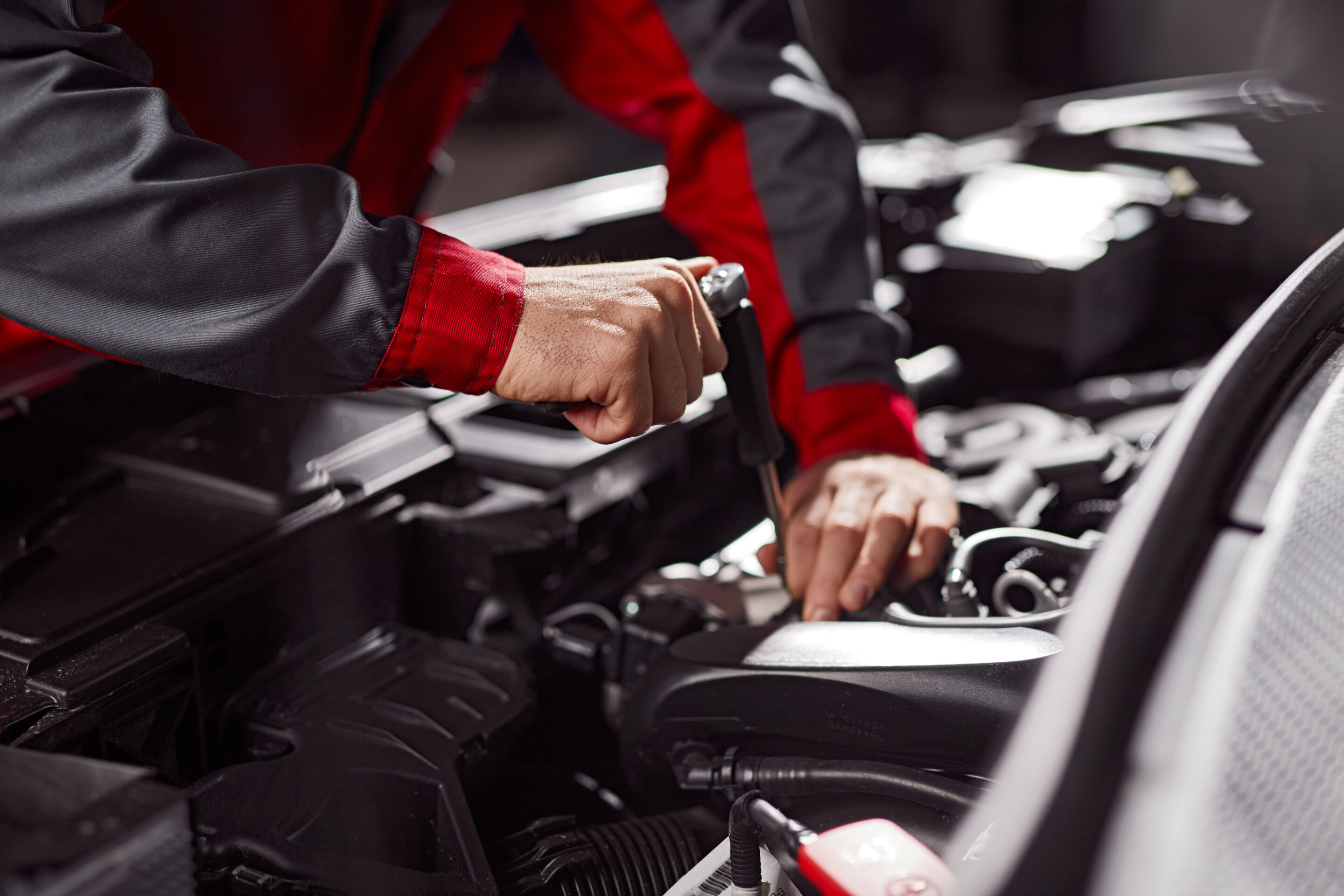As a kid, I was a Bruce Lee fanatic. The way the martial artist master moved on screen was mesmerizing, and his movies were everything I wanted from an action flick. To this day, I stop channel surfing on a dime when I see a Bruce Lee film on TV. He’s a legend for a reason.
Lee’s most famous move was his physics-defying one-inch punch, which was a crowd favorite for an obvious reason; it countered logic. Nobody can gather enough strength to knock someone over with just an inch of space between the fist and the body, right? Lee proved this barrier was all in our mind by displaying this punch for the first time at the 1964 Long Beach International Karate Championships. Lee wanted a way to generate power from close quarters to suit his fighting style, and so his one-inch punch was born.
The crowd gasped practically in unison when Lee broke out the punch and knocked his opponent to the ground. How on earth did he do it?
Put simply, it wasn’t about the wind-up. It was about the follow-through.
What a valuable lesson to carry through to the end of the sale; without a capable follow-through, you might as well have not walked on the lot at all. Even when it seems like a buyer is locked into to buying a car, a measured, purposeful follow-through can either see through a promising sale to completion or salvage a rocky one that seemed to be careening off the tracks altogether.
By “punching through” the sale, you can assure you’ve seen it through to the end with everything you’ve got. Here are three surefire ways to do just that.
Leave your customers with the intangibles
The idea of a “third place” isn’t a new concept, but it’s an important one. In popular culture, think of the namesake bar in Cheers, or the Central Perk café in Friends. It’s the idea of creating a place of comfort, social interaction and community after home and work. This is the idea behind your interactions with your buyer. When you’re selling tangible benefits like road safety and fuel efficiency, you must sell what your customers are really looking for: a better life. It’s not about the car; it’s about the stress relief they’ll get by having their kids entertained in the back seat, or by saving money with better gas mileage. If you let them leave with these sorts of intangible visions dancing in their minds, you’re one step closer to the sale.
Make time for the follow-up
Your biggest competitor isn’t the market, or the economy, or even competing dealerships. It’s the conversation your customer will have about you and your product once they leave. After they leave, customers are already having discussions about your product and others’ alike. And they’re probably asking significant questions you won’t be directly present to answer. And chances are, they’re not stopping to call you for answers. To combat this, take the reins yourself; call them within an hour after they walk out your door. Make time to answer their questions and reassert anything you feel needs clarifying. Being intentional when they leave goes a long way.
Leave them with an assignment
What do you do when your customers love your product but simply won’t commit? One simple act; send them on their way with a personalized “dare to compare” sheet. Before they leave, ask them to reiterate their main points in what they want in a vehicle, and focus on the aspects that make your product different from your competition. Write these down and tell them to take it with them on their future car hunts. This way, they’ll be using your strong points as a litmus as they look through other dealerships. If you don’t see them within 24 hours, give them a call and ask how the sheet is working. Ideally, they’ll return to you with the paper in hand and red markings all over it. Simply by returning, they’re giving a strong signal that they want what you have to offer. So give it to them.








